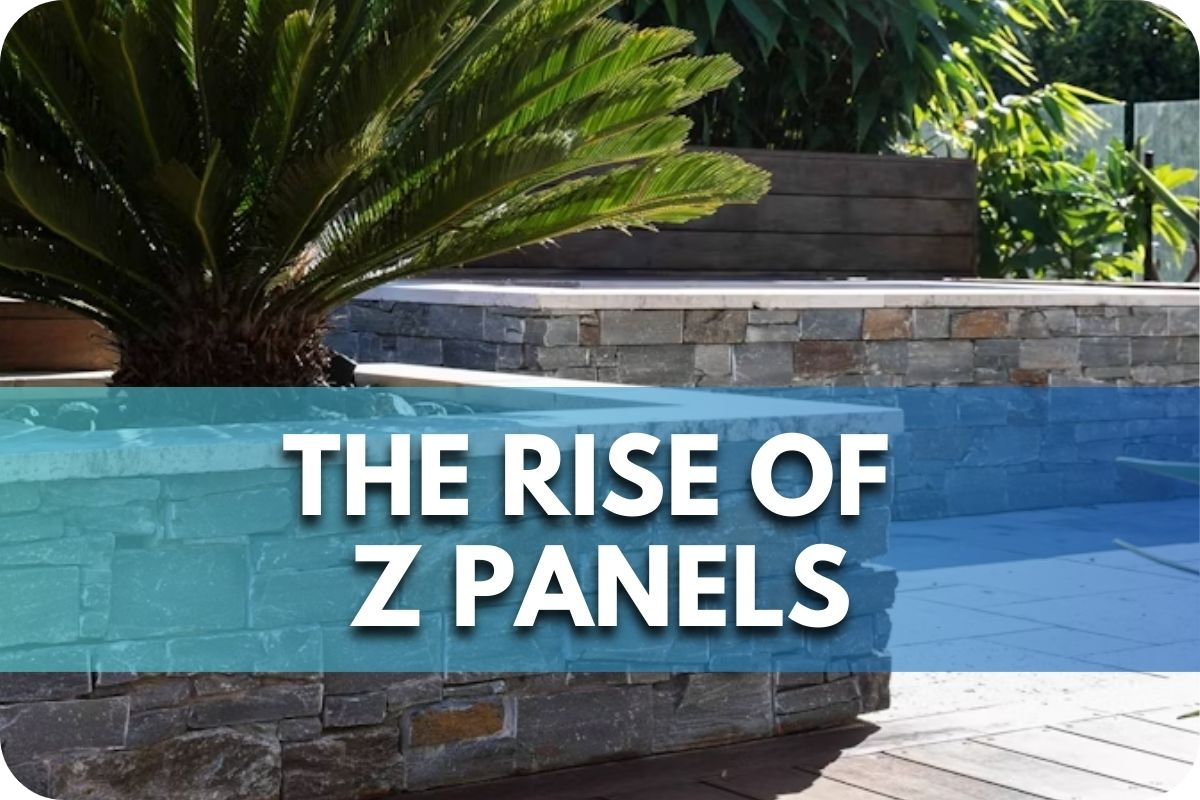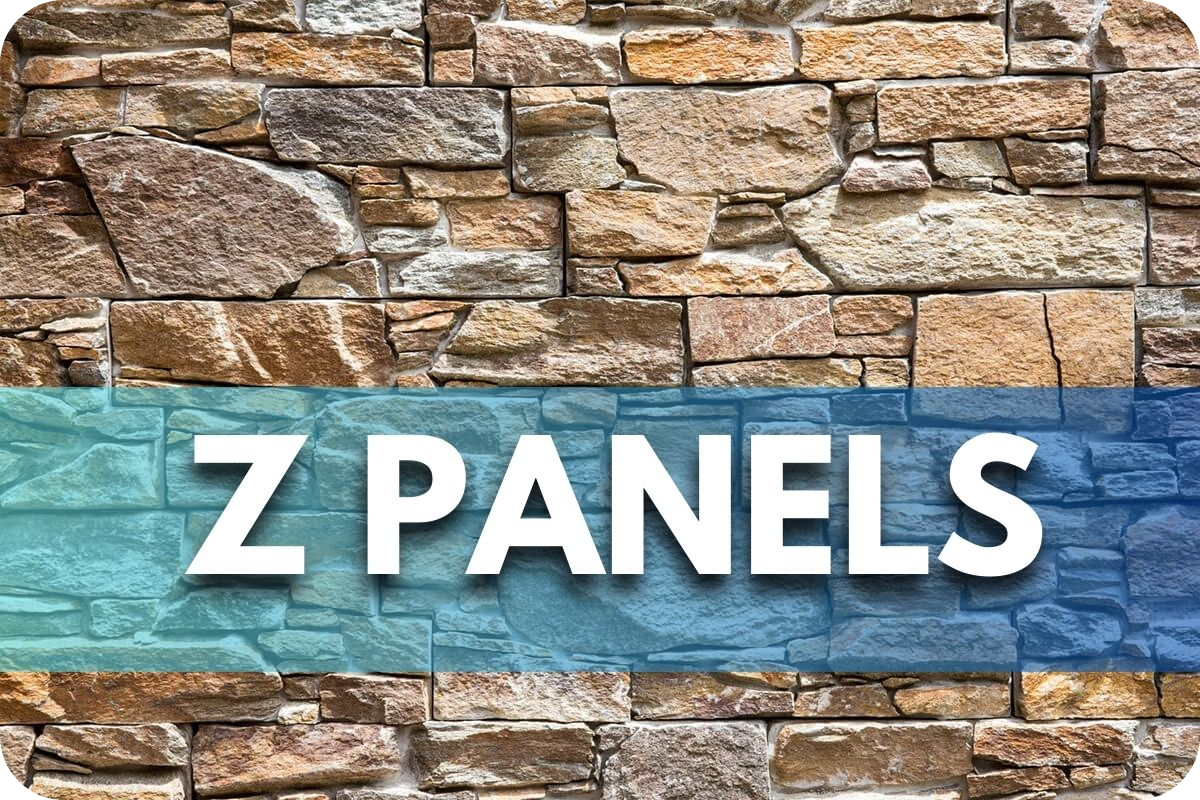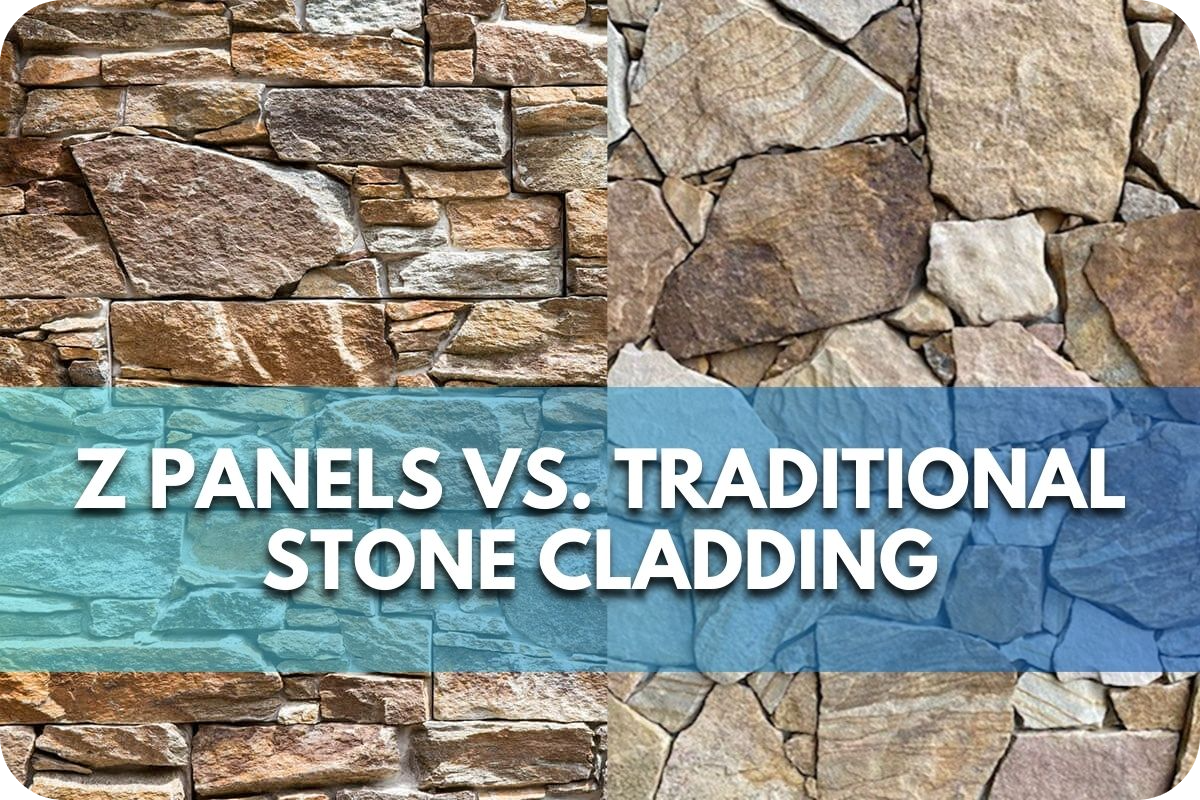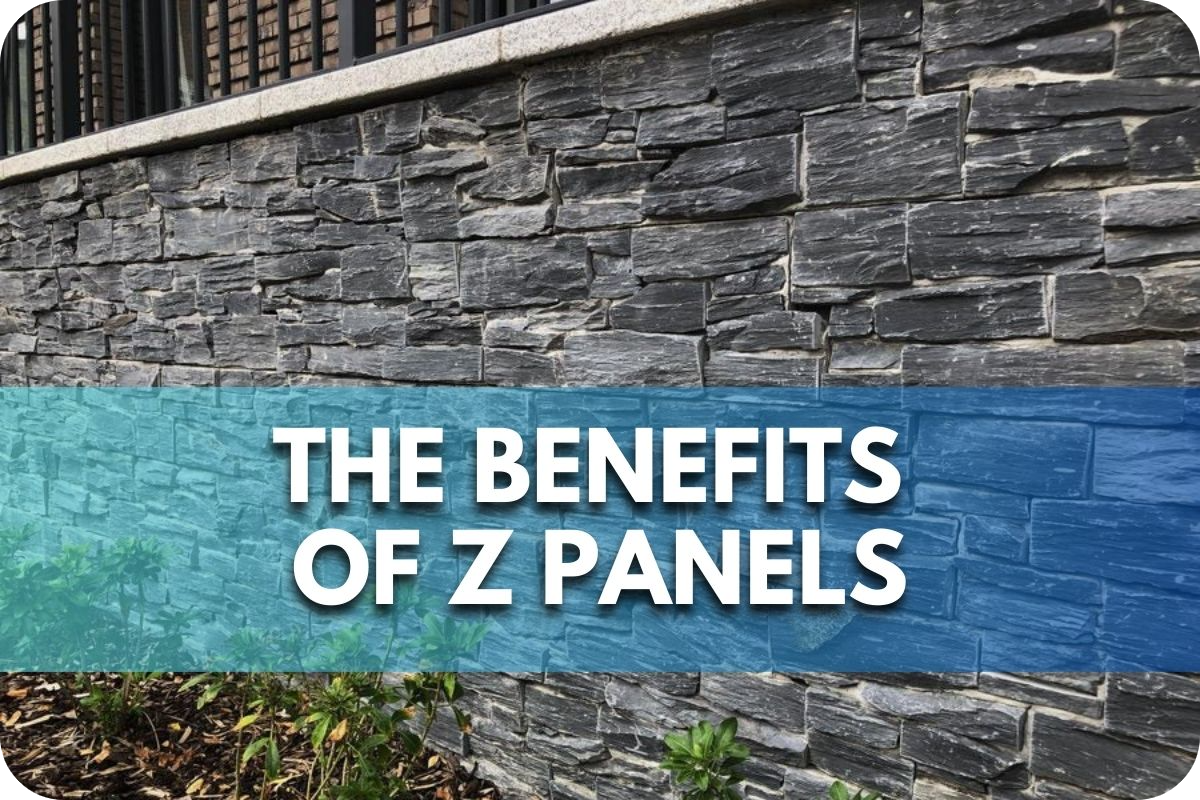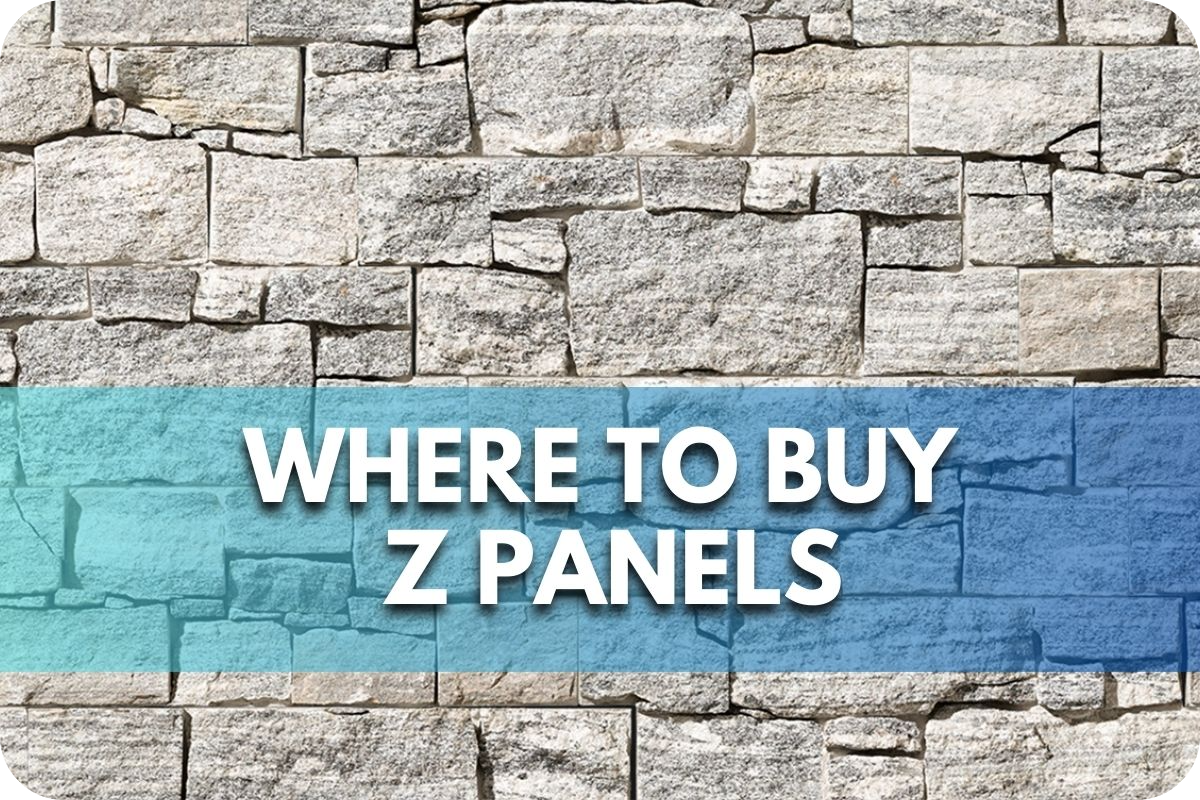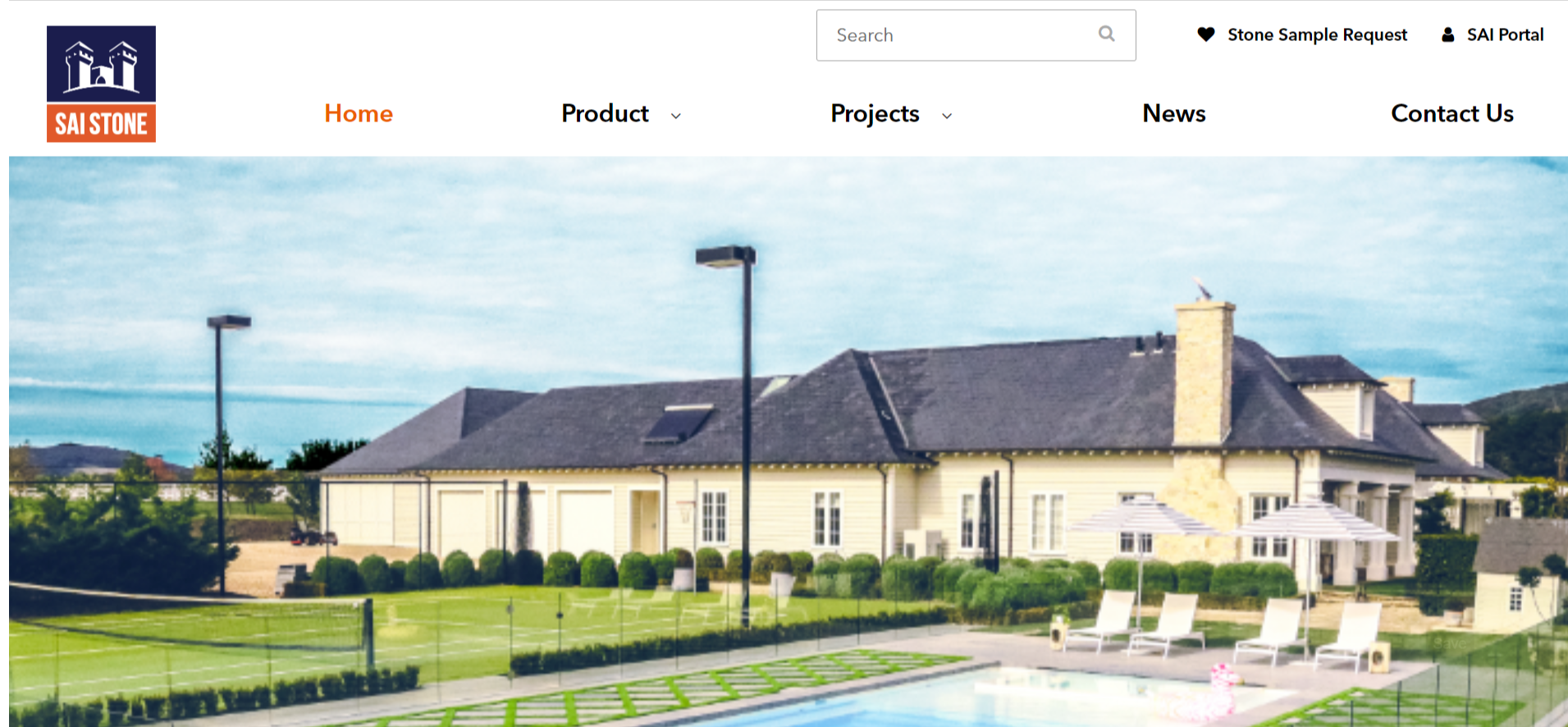Caring for Z Panels: Maintenance Tips to Protect Your Investment
Imagine investing in beautiful Z panels to elevate the look and functionality of your space, only to see them deteriorate due to poor maintenance. These panels, known for their sleek appearance and durability, are an excellent addition to any property.
However, their longevity depends on proper care. You can preserve their value and functionality by implementing the right cleaning and maintenance routine for years. Let’s dive into the essential tips to keep your Z panels looking and performing their best.
Understanding Z Panels
Z panels are widely used in construction and design for their versatility, durability, and modern aesthetic appeal. Typically made from materials like aluminium, steel, or composite, they are popular for both exterior and interior applications, including cladding, walls, and facades.
Why proper care matters: Without maintenance, even the most robust materials can succumb to wear and tear. Environmental factors such as UV exposure, moisture, and pollution can degrade their performance and appearance over time.
Knowing what Z panels are made of will guide you in choosing the right care techniques, ensuring they remain structurally sound and visually appealing.
By understanding their composition, you can focus on maintaining their specific material properties and avoid damage from improper cleaning methods.
Daily and Weekly Cleaning Tips
Maintaining the pristine appearance and durability of your Z panels starts with consistent cleaning. Dust and dirt, if left unchecked, can dull the surface and lead to potential damage over time. Following a simple daily and weekly cleaning routine can preserve their shine and functionality.
1. Wipe Down Daily
A simple daily wipe-down can work wonders for maintaining your Z panels. Over time, dust and debris accumulate on their surface, which can dull their appearance and even cause scratches if left unattended.
Use a soft, non-abrasive cloth or a microfibre duster to gently remove dust and dirt. This quick routine helps keep your panels looking clean and reduces the chances of long-term damage.
Pay close attention to edges and corners, where dirt often collects. Avoid using rough or abrasive materials that might leave marks or scratches. By dedicating just a few minutes each day, you can protect your panels’ surface and save yourself the hassle of dealing with stubborn grime later.
2. Weekly Wash
A weekly wash goes beyond daily dusting to remove grime and stubborn stains. Mix a mild detergent with warm water to create a gentle cleaning solution. Using a soft sponge, gently scrub the panels, focusing on any areas where dirt may have accumulated.
Once done, rinse thoroughly with clean water to remove all soap residue, as the leftover detergent can dull the surface or attract more dirt over time.
Never skip the rinse step—soap scum can be just as damaging as dirt. Be thorough but gentle, and always clean in the direction of the panel’s grain or texture to preserve its natural finish. Regular washing not only enhances the panels’ appearance but also contributes to their long-term durability.
3. Avoid Harsh Chemicals
The wrong cleaning agents can do more harm than good to your Z panels. Harsh chemicals like bleach, ammonia, or strong acids can corrode metal, strip protective coatings, and even discolour the panels. Stick to mild cleaning solutions designed specifically for your panel material.
Before using any product, test it on a small, inconspicuous area to ensure it won’t cause damage. Using harsh chemicals may save time initially but can lead to costly repairs or replacements later.
Always prioritise gentle and safe cleaning practices to maintain the structural integrity and aesthetic appeal of your panels. Protect your investment by choosing the right tools and products for the job.
Preventative Maintenance Practices
Routine maintenance is essential to avoid minor issues turning into expensive repairs. The key is to identify potential problems early and implement protective measures to ensure your Z panels remain in optimal condition. Below are six effective preventative practices:
- Inspect Regularly: Make it a habit to check your panels for signs of wear, rust, or dents at least once a month. Corners and edges are particularly vulnerable to damage and should be inspected closely. Promptly addressing any issues found during inspections can prevent further deterioration.
- Protect Against Moisture: Moisture is one of the biggest threats to Z panels. It can cause corrosion or lead to mould growth, especially on materials like steel or wood composites. Ensure all panels are sealed properly and repair cracks or gaps immediately to prevent water ingress.
- Minimise Direct Sunlight: Prolonged UV exposure can fade the colours of outdoor panels and weaken protective coatings. To combat this, consider installing shade structures, applying UV-resistant coatings, or positioning panels strategically to limit direct sunlight.
- Clean Surrounding Areas: Keep nearby areas free from debris, leaves, and water pooling, which can transfer dirt or moisture to the panels. Proper drainage systems are also vital to preventing water accumulation near the base of the panels.
- Check Fasteners and Joints: Over time, screws, clips, or other fasteners may loosen due to vibrations or weather conditions. Tighten these elements regularly and replace any that show signs of corrosion or wear to maintain the structural integrity of the panels.
- Apply Protective Coatings: Adding a layer of protection, such as sealants or specialised coatings, can help shield the panels from environmental damage. These coatings enhance durability while reducing the need for frequent repairs by creating a barrier against moisture, UV rays, and pollutants.
Seasonal Maintenance Guidelines
Adapting your Z panel maintenance routine to the seasons is essential for ensuring their longevity. Each season brings unique challenges that can impact the panels’ durability and appearance.
In winter, snow and ice can add unnecessary strain to your panels. Promptly remove any accumulation using soft tools to avoid scratching the surface or causing weight-related damage.
In summer, intense UV rays can weaken protective coatings and fade the panels’ colour. To combat this, inspect the panels regularly for signs of sun damage and reapply UV-resistant coatings as needed to maintain their integrity.
During autumn and spring, debris such as leaves, dirt, and pollen often collects around joints and edges. Clearing these areas thoroughly prevents buildup that can lead to long-term deterioration or blocked drainage.
How to Address Minor Repairs
Even with the best care, minor issues with your Z panels may arise over time. Addressing these problems promptly not only preserves the panels’ functionality but also saves you from costly repairs in the long run. Below are three common issues and how to handle them effectively.
1. Scratches and Scuffs
Scratches and scuffs are among the most common issues with Z panels, but they are also the easiest to fix. Use a colour-matched touch-up paint or repair kit specifically designed for your panel material. These kits are widely available for both metal and composite panels and allow you to restore the surface without extensive effort.
When applying touch-up paint, ensure the area is clean and free of dust to achieve a smooth finish. Properly addressing scratches prevents them from worsening into deeper imperfections that may eventually compromise the panel’s appearance. With a bit of attention, your Z panels can look as good as new.
2. Loose Panels
Over time, screws or clips holding your panels in place may become loose due to vibrations or external factors. Regularly inspect these components to ensure they remain secure. Use appropriate tools to tighten any loose fastenings but be cautious not to over-tighten, as this can warp the material or damage the structure.
If a fastening is damaged or corroded, replace it with a similar component to maintain the panel’s stability. Keeping your panels firmly in place ensures both their functionality and safety over time. Regular checks can prevent loose panels from becoming a more significant issue.
3. Corrosion or Rust
Rust and corrosion are serious threats to metal Z panels, especially in humid or coastal environments. If rust develops, act quickly to prevent it from spreading. Begin by gently sanding the affected area to remove the corrosion. Once the surface is smooth and rust-free, apply a rust-preventative primer followed by a fresh coat of paint.
Timely intervention not only restores the panel’s appearance but also prevents structural weakening caused by prolonged rust exposure. Consider adding a protective coating to prevent future rust formation, especially in high-moisture areas. Proper care ensures the longevity of your Z panels and keeps them in excellent condition.
Long-Term Protection Tips
Extending the life of your Z panels requires proactive protection. Preventative measures are essential to maintaining their functionality and aesthetic appeal over time. Here are six effective strategies to ensure durability:
- Apply Protective Coatings: For metal panels, a protective layer can shield against rust, scratches, and UV damage. These coatings also simplify cleaning by creating a smooth, non-stick surface.
- Seal Gaps: Regularly check and reseal joints or gaps to prevent water or debris from seeping in. Proper sealing safeguards the panels against moisture-related damage.
- Maintain Adjacent Areas: Keeping gutters, roofs, or surrounding areas clean minimises debris or water run-off onto the panels. This prevents dirt accumulation and reduces exposure to moisture.
- Install Protective Screens: For outdoor panels, consider installing mesh or protective screens to shield against flying debris during storms or windy conditions. This adds an extra layer of protection against scratches or dents.
- Schedule Professional Inspections: Hiring professionals to inspect your panels periodically ensures any hidden issues are addressed promptly. This prevents minor problems from escalating into costly repairs.
- Trim Nearby Vegetation: Overhanging branches or nearby plants can scratch or damage the panels during strong winds. Keeping vegetation trimmed reduces this risk and maintains the panels’ appearance.
Conclusion
Caring for Z panels doesn’t have to be complicated, but it does require consistency and attention to detail. Regular cleaning, preventative measures, and seasonal adjustments ensure your panels remain in excellent condition. By investing in proper maintenance, you safeguard not only their visual appeal but also their long-term functionality.
Start implementing these tips today and enjoy the lasting benefits of well-maintained Z panels. If you’re unsure about any steps, consult us for expert advice—your investment deserves the best care.



